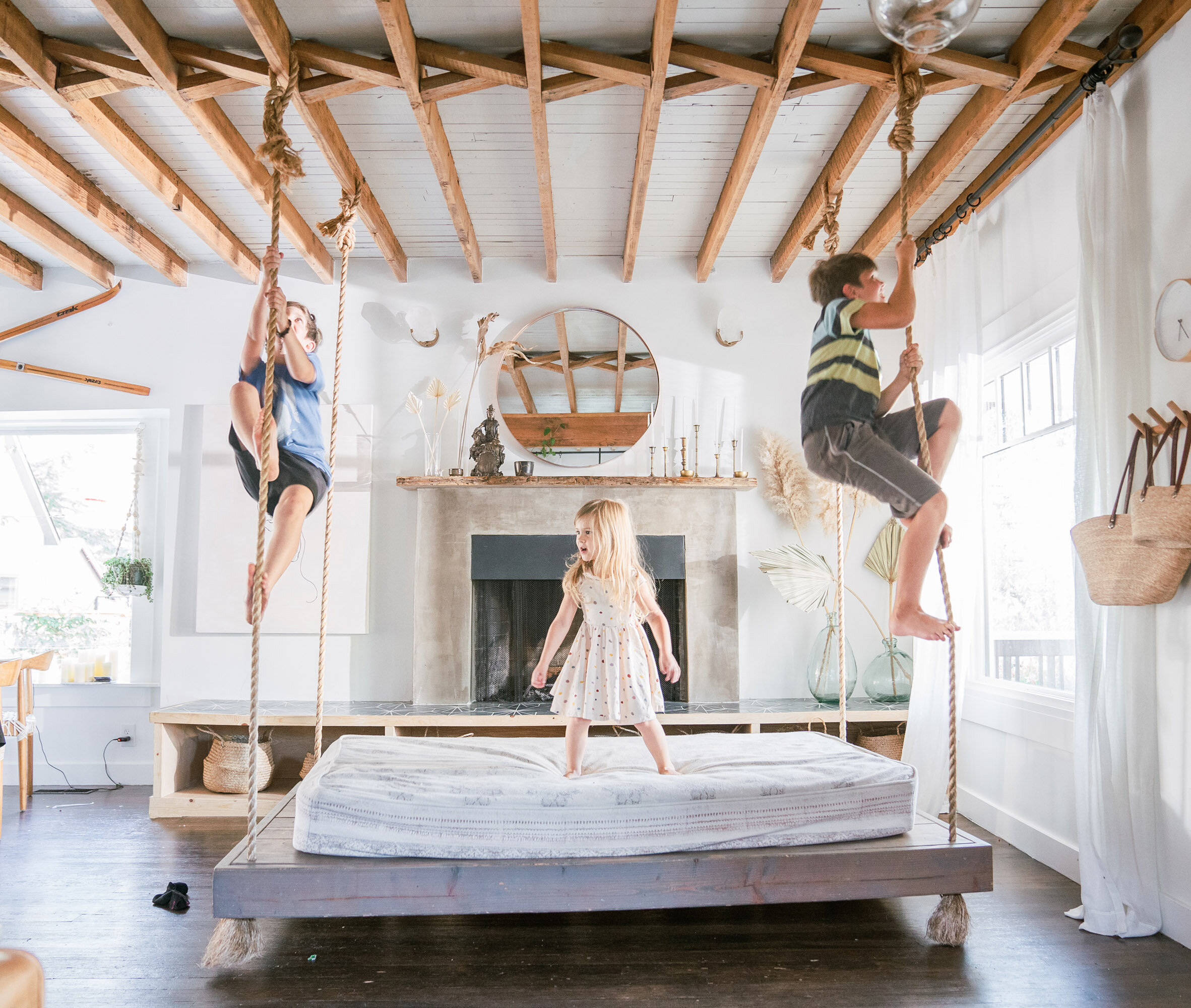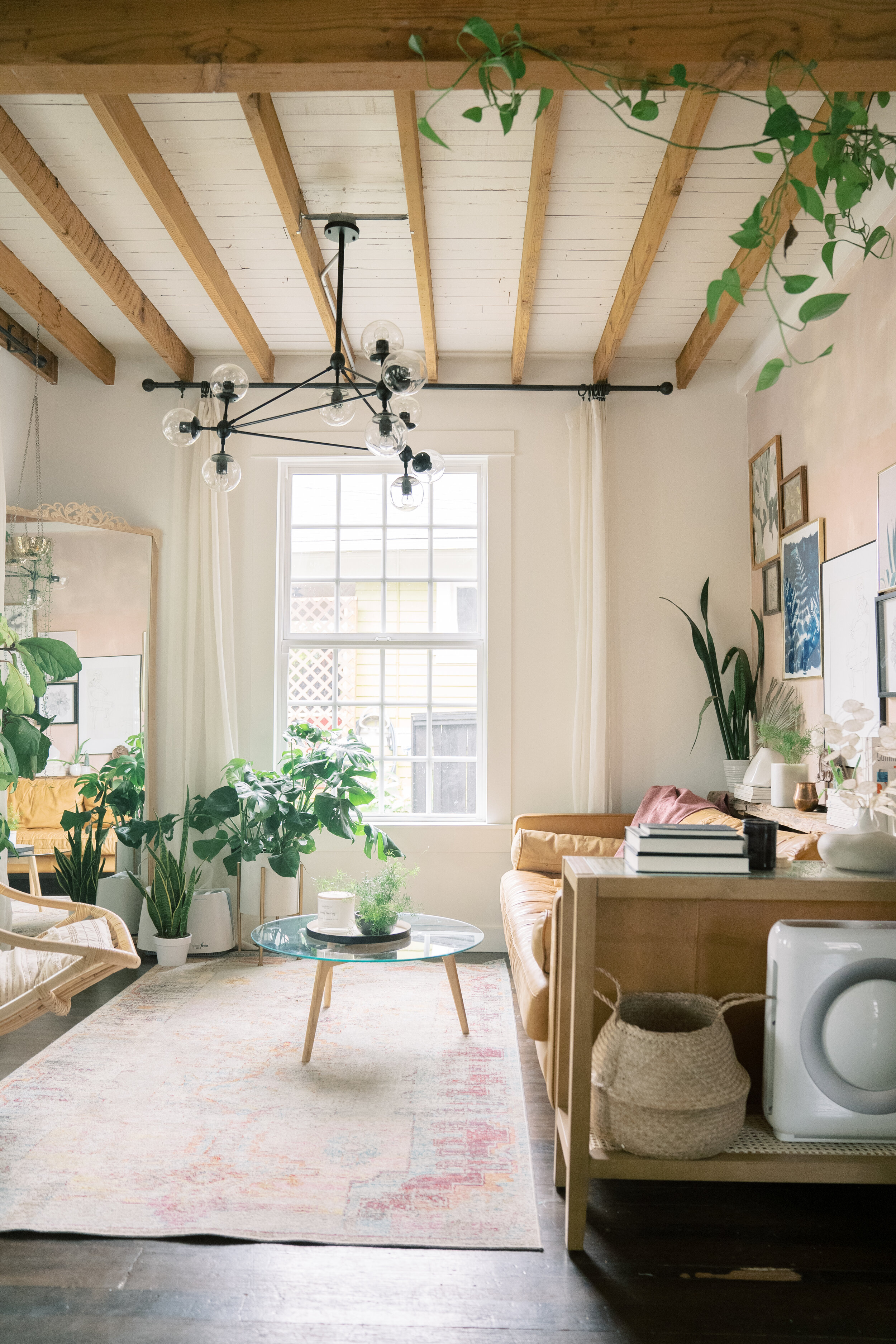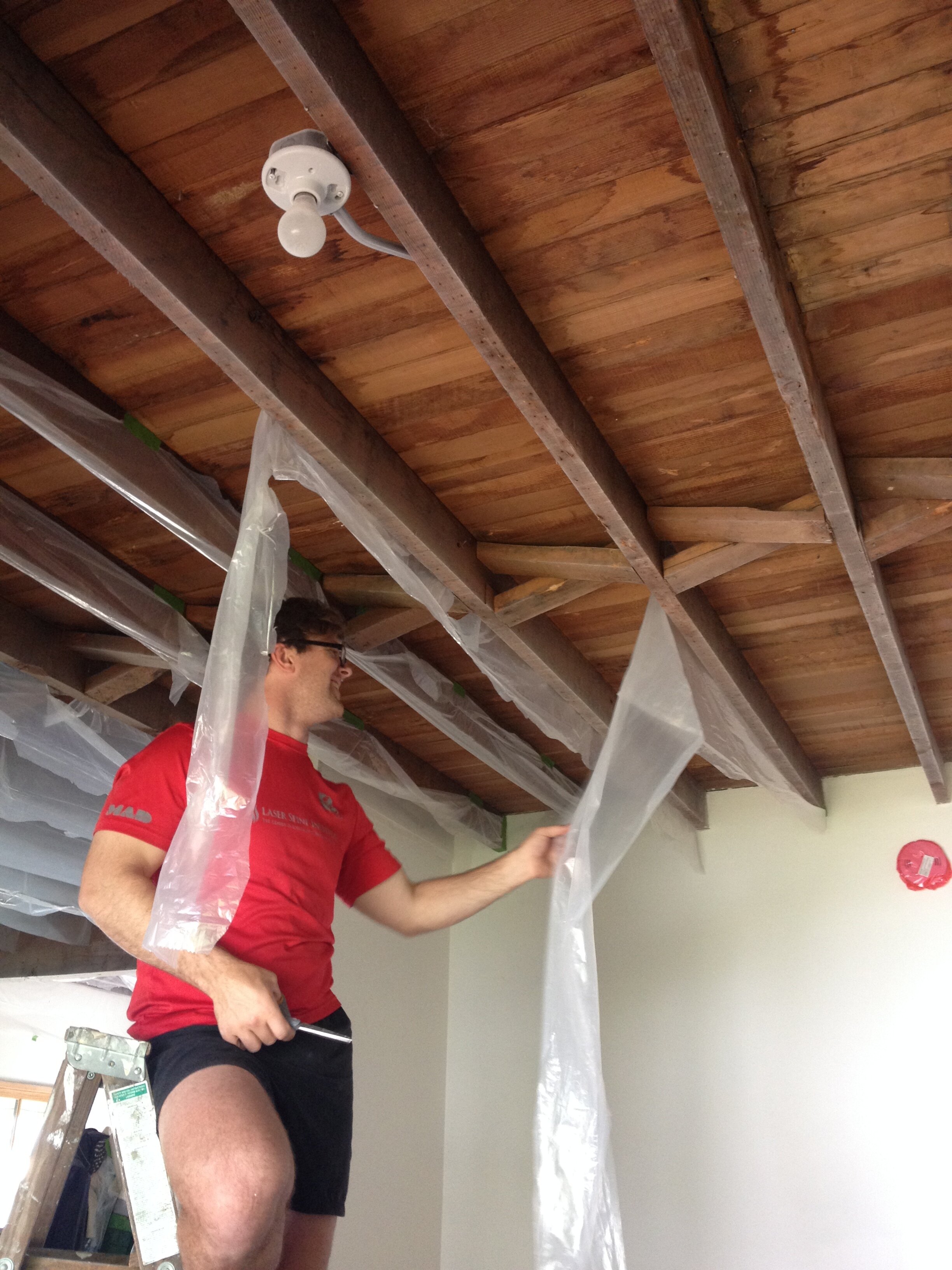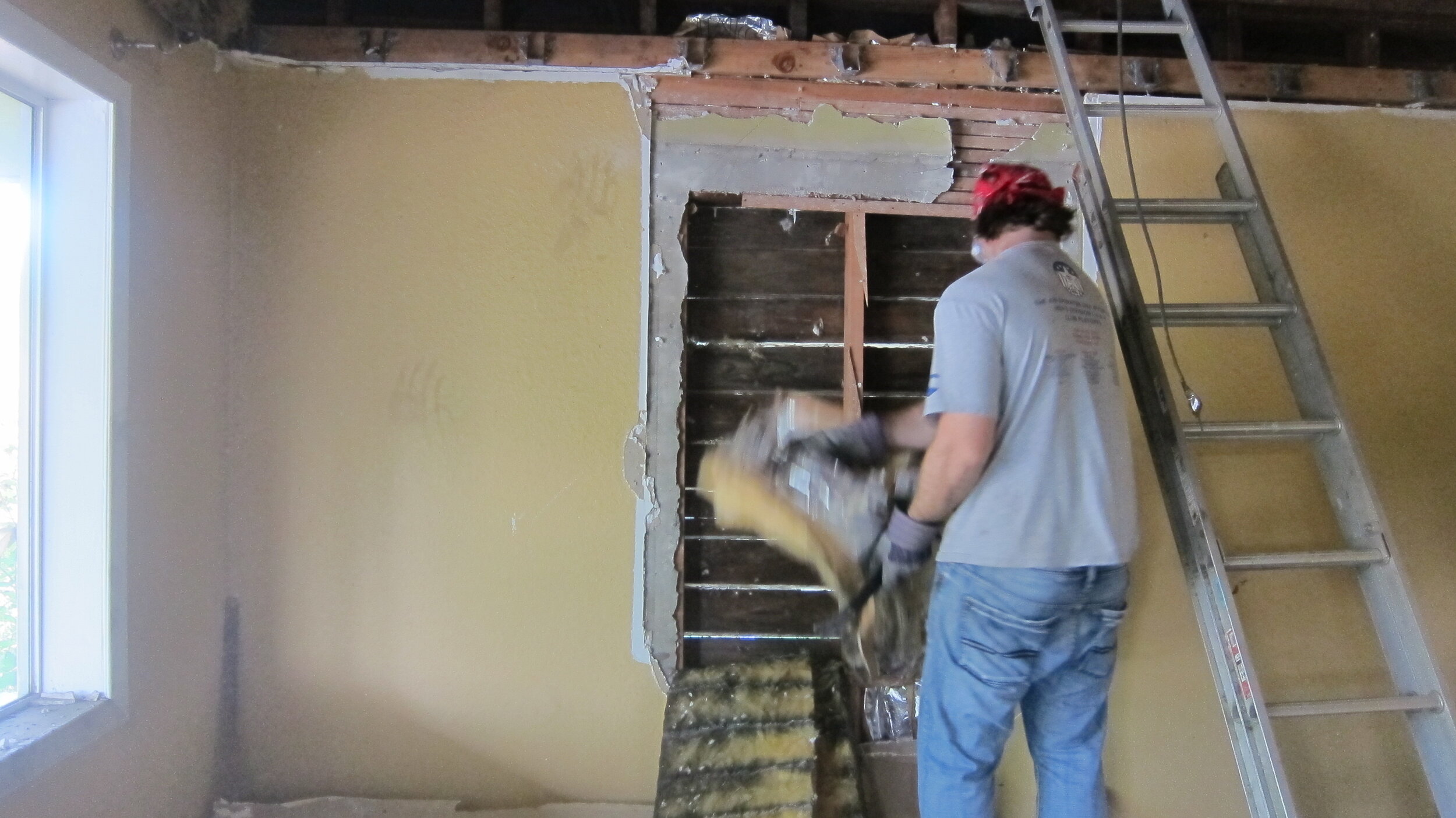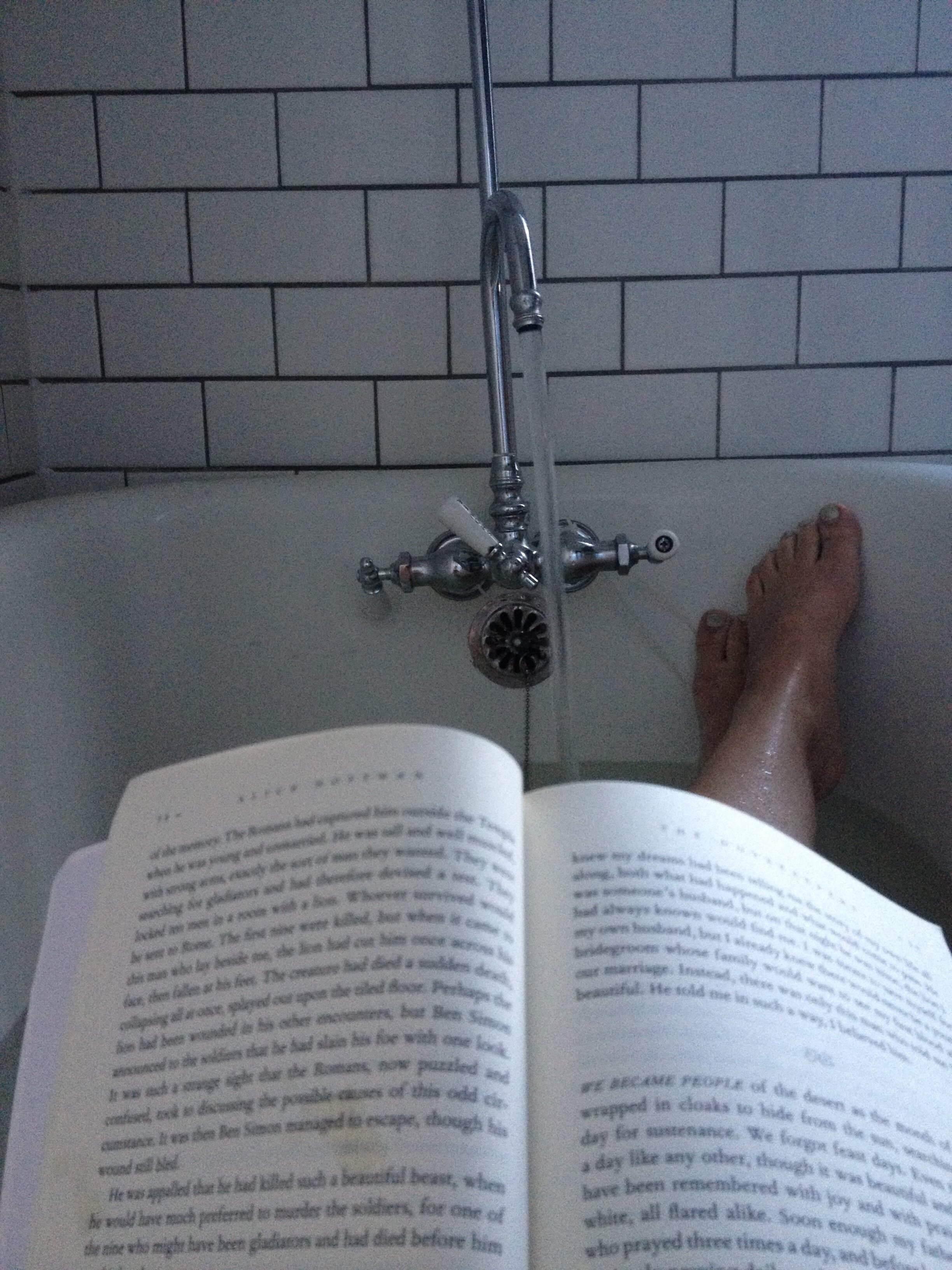Our first week of preschool is complete! Here is what we accomplished! Our overarching themes for this week were:
Overcoming fear/new experiences/being welcoming
Math: Circles and squares, 1-5
Reading/writing: the letter Aa and Bb
Art/science: primary colors mixing to secondary colors
Yoga:
9:00-9:30
We start our days with yoga to immediately capture the attention of our preschoolers so they get their bodies moving and brains activated. kiddos get so excited when they get into class that sometimes it can be a difficult transition to listening/learning/doing, and movement with music is the perfect transition helper.
On day 1 we read Meddy Teddy, to give an introduction to the yoga poses and follow the journey of a cute little bear who wakes up early in the morning and goes on an adventure and ends up doing yoga poses.
On days 2 and 3 we built upon our Meddy Teddy poses (referring back to the story) and listened to Kira Willey’s Dance for the Sun and The Shimmy (which was absolutely hysterical for the littles). Kira Willey’s entire album is a work of pure genius for young movers. The kids got it immediately, and when the song came on by accident later in the day they dropped what they were doing, ran out to the floor, and started doing it on their own (amazing). I can’t wait to work our way through the entire album. Found myself humming it throughout the week, and didn’t even mind.
Story-time (overcoming fear and being kind):
9:30-9:40
Immediately after yoga i read a story relating to this week’s theme, and this week we read Don’t Worry Little Crab, Have You Filled A Bucket Today? and The Kindness Book. For this first week we wanted to put a strong emphasis on learning kindness, empathy, and overcoming big fears. Don’t Worry Little Crab is one of my all time favorite children’s book, has amazing illustrations, and a simple story that is immediately relatable (small crab is scared of the ocean, big crab helps him overcome fears while not dismissing his fears). I love that it does not say ‘mama crab’ or ‘daddy crab’ but rather ‘Very Big Crab’ and “Little Crab”.
Have You Filled a Bucket Today is probably the most important social/emotional development book I’ve ever read to a child, and should be a staple in everyone’s home! We relate to it all day, every day, even with my older children. The concept: everyone has an invisible bucket that carries their good feelings and love. When your feelings get hurt, your bucket becomes less full. If you burst into tears and cry, it means your bucket has completely spilled. We can fill up our buckets by saying nice things and being kind to one another. When you are kind to someone else, it fills up not only their bucket, but also yours! When you say mean things, you are dipping from someone else’s bucket. The concept is so genius it is immediately absorbed by kids even as young as 3. ‘My bucket is spilling!” is something my daughter says when she cries now, and we know how to fix it- by filling the bucket back up! It reassures her that this feeling won’t last, and is fixable with kindness and support. You can also fill up your own bucket, by saying and doing kind things for yourself, which I especially love. Instead of saying something like “thats not nice! you’re not being nice! be nicer!” children understand the ‘why’ we should be kind, and the ‘how’ we should be kind. This is the most important children’s book I have on my shelf, and we will return to it whenever needed.
The Kindness book is the perfect book to read after Have You Filled a Bucket Today, because it details ways in which you can be kind (aka, ways in which you can fill someone’s bucket). This was our read on day 3, and we tried to do as many kindness gestures as we could throughout the day to fill everyone’s bucket up!
Pre-Reading/Writing
9:40-10:00
We are working on the letters Aa and Bb this week! Read the AB book in the alphabet series of BOB books to start, then each kiddo got to make their very own 2 part epoxy alphabet letter! They each get to pick out their favorite glitter colors, help mix the epoxy, and pour it into the mold. It cures for 24 hours then I place a magnet on the back, for their very own personalized fridge magnets! It really makes letters come to life, and we say their ‘sounds’ as we pour. Each student has 1 day of this, so the repetition of pouring the glitter epoxy into the letter molds is great to cement these letters/sounds into their brains.
We also read just the section of the A and B of the following books. As each week progresses, we will start at the beginning (for review) and read up until that particular week’s letters. this way, we are constantly reviewing, as well as cementing in the new material!
We start with this ABC3D book by Marion Bataille because it is a literal work of pop up art. Each letter comes off the page in a different 3-D way. I’m a huge fan of popup books - my kids get one every year on christmas eve so we have a giant collection. They make reading absolutely MAGICAL and exciting. the letters are formed in all kinds of ways, so it really helps open up the young mind to ‘seeing’ letters in all kinds of ways.
Bucket filling A to Z helps me re-inforce what bucket filling is each and every day. in this bucket filling book, it gives examples of how to be a bucket filler for each letter. for example, A is ‘Ask how you can help’ (may I help you carry that heavy bag? May I help clean the house? ) Learning letters while reinforcing this key emotional/social development each week is so helpful.
We read up to this weeks’ letters, because who doesn’t love Dr. Seuss rhyming! It is also is a great example of ‘what words begin with’ to tie in letter shapes, their sounds, and the words they comprise.
Invitation to Play (reading/writing/math)
10:00-11:45
At 10 we jump into our reggio inspired play stations! These stations are on theme for the week, are sensory inspired, always have a strong emphasis on math/writing concepts snuck in, but allow for whatever they wish to do! In our play room we set up tables with different stations so the kids can explore their own interests and learn concepts along the way.
This is what we worked on this week:
Writing numbers 1-5 and letters A and B, and counting/subtracting/dividing up snacks!
Tying in our circle and square theme with geometry- I challenged the kids to figure out how to make a circle with Connectix if we only have squares and triangles! I could not believe that they came up with the circle ideas! We only had enough triangle Connectix to create half a circle… so they brought it over to the mirror to make a full circle! and then they figured out how to combine both squares and triangles to make a circle - consider my mind blown. This was 100% child led, I didn’t help at all!
i also challenged them to make a square, and count all the squares they could count within this giant square! (spoiler: it was more squares than they could even count up to on their own!)
Connetix are the best of the magnet tiles. they have super strong magnets that are manufactured to be ultra safe. The plastic is scratch resistant and BPA and Phthalate free, and beveled to be ultra strong- so even when kids purposefully crash them down they withstand nearly anything. we have the full 100 piece set and also the ‘motion’ pack which includes car bases. if I had all the money i would keep adding to our collection and get every single expansion pack!
and we worked on fractions, by dividing our play dough up evenly among the students, and then mixing them (tying in our art theme for the week- primary colors mixing to secondary colors!)
At the end of the week we did orbeez water beads with measuring cups to work on volume and fractions in our light tables! our scissor grabbers really help with fine motor skills and the kids loose their minds because water beads are the actual best. Even my 5th grader jumped in because… how can you not?
Water beads trick: use warm water to help with the fall chill and squirt a bit of hand sanitizer into them so kids get clean while playing! While you technically can dehydrate them and save them for later, we generally play with them for a few days until they get kind of squished (or the kids loose interest) and then mix them into our flower garden beds. Water beads are bio degradable and were invented for agricultural use for soil to help maintain moisture. Our water-hungry kids flower beds are the PERFECT place for our used water beads!
The way water beads look through our light table is AMAZING- absolutely mesmerizing. I’m so happy with my DIY ikea light tables! best quarantine project ever! promise to do a tutorial soon!
outdoor stewardship and play
11:00-12:30
We transition at 11 outside to our urban farm! We always start out with chores- checking on the chickens, looking for eggs, feeding the chickens, planting/harvesting in the vegetable garden, feeding the fish, sweeping the water for debris, sweeping out the playhouse. While we live on the west coast now, both my husband and myself are from the midwest and our kids have been doing ‘difficult’ chores since they could walk. the expectation is we work hard for the things we love, so we can continue to enjoy them! It doesn’t matter how well a child does his/her chores, it just matters that they practice taking care of their environment, to help build empathy and a sense of responsibility for the things we have. Just like Mary Poppins, we make our stewardship FUN (who doesn’t want to find a chicken egg?!)
Once our responsibilities are completed kids get to have an entire hour of unstructured free play!
There are sensory stations like our sandbox (always covered when not in use) and water wall. There is imaginary play in our playhouse and creative outlets (like our painting wall, easel, and giant chalkboard). Our physical processing outlets like rocking, swinging, bouncing, and upside-down play that are important for vestibular stimulation and brain development in young children. Finally, we have ample open-ended toys kids can use to build obstacle courses, structures, or any kind of imaginary world they want.
Lunch and quiet-time meditation
12:30-1:30
If it’s nice outside we have a picnic lunch to soak up more of that vitamin D! otherwise, we come inside to get warmed up, wash our hands, and get snuggled in for our quiet-time meditation. Each child has a space on the floor to relax and be covered with a weighted blanket.
I start by pulling one card from our deck of 50 mindfulness activities, and have the children work through it with me.
I then play a 10 minute meditation from the app Mindfulness for Children. I am consistently impressed with the meditations, and how well the kids listen/stay quiet.This quiettime has been absolutely instrumental to their mental well-being … after a hard outdoor play for an hour and a half and big learning in the morning, they really need the calorie boost from lunch and a rest for a mental (and physical) reset so our afternoons are productive. This mama also needs a moment to prepare our afternoon snack, our afternoon art project, and our science experiments (one woman show here!).
French
1:30-2:00
We gently work back into brain-mode with French. Our french is via my favorite subscription box- One Third Stories. Our book starts out in english, but by the end, is one-third in French! Children learn the words through context clues, and sentences like “I love your shoes!” “Thanks! my mom bought my chausseurs for me yesterday!” Our books come with activities and are absolutely perfect for preschool and up. If you want to order your own subscription box, just know that it is coming from the UK so shipping times may be delayed due to covid. we have a stockpile of the next three months already lined up, so luckily we won’t be running out!
Our One Third Story this month is about a dinosaur looking for just the right pair of shoes! which is great, because I have a daughter who is borderline obsessed with dinos. The writing is great, the illustrations are fantastic, and the subject matter happens to be on subjects that are universal kid favorites. I give it five stars!
We also watch a 15 minute muzzy french immersion show, which is exclusively in french but easy enough for children to pick up on what they are saying through context clues. At the end of the show we do the activities to help drive home what the sentences are. this show is re-watched at the end of the week to cement those phrases so they really understand it. This gives them the necessary native tongue accent-I’m decent at french but nowhere near a native accent, so we absolutely need some native speaker audio to round out a proper foreign language education.
My older boys love to mentor the kids during this time as well- they have been in french immersion for 8 years so it’s great for them to help littles, and for the littles to have a big kid to look up to.
Science
2:00-2:30
This week our science was about the properties of water, and the science of color mixing!
We started out with a walking water experiment- to test what would happen if we connected cups of primary colored water with strips of paper towel. The kids made their hypothesis, and I transcribed their words on their Scientific Method sheets. Then, they drew the experiment to record the process. Finally, I recorded their conclusions by transcribing their words (always adorable). We learned about how water can move against gravity because of capillary action, and that is also how plants get water up from their roots to their leaves and flowers. we learned that when primary colors mix, they make secondary colors- purple, green, and orange. We learned that all these colors together form a color wheel, or a rainbow!
The next day, we built upon that knowledge of color mixing to learn more about the properties of water. I froze ice cubes with food coloring and we asked what would happen if we put two different primary colored ice cups in the same bag together, and hung it up in a sunny window? The kids hypothesized they would melt…. but didn’t quite guess they would melt into a TOTALLY NEW COLOR until they started watching it melt. We talked about how the colors can never be UNmixed once they are mixed together- they are a totally new color. BUT, we could always refreeze the water (over and over) and make ice cubes out of our secondary colors.
This next experiment- Grow a Rainbow - is my favorite because it involves just washable markers (vs permanent food coloring!) and further re-enforces capillary action. It happens in just 30 seconds, so kids can really watch their rainbow ‘grow’. note: make sure to not completely submerge the colored part in water- or the rainbow won’t grow! but, this can be a good learning moment too- why do you think the rainbow didn’t grow on that side?
Dance /Music
2:30-3:00
This week in dance we did ballet and jazz! In jazz we learned that we can move parts of our body just by themselves (head, shoulders, hips) or we can move them all together at the same time! we learned plié, first position, and tendu, and relevé walks across the floor in ballet. In music we learned quarter notes and our first song: Namaste
Art/Art History
3:30-4:30
Each week we will be learning about one of the elements of art (color, line, value, shape, form, texture, space) and the principles of design (balance, unity, variety, emphasis, movement, pattern, proportion). On our first day of art, we experimented with… you guessed it… color mixing!
This super fun sensory experiment involves dividing a piece of paper into 6 sections, and placing a glob of red, blue, and yellow paint into 3 sections. Place in a plastic bag and let the kids smoosh them all around! They will end up with the best tie dye style color wheel! This would be great for even the tiniest of artists- as it involves no mess, but all the fun!
While the kids smooshed, I read the book Mixed ,A Colorful Story by Agree Chung, about three different colors who got in a disagreement and wanted to live in separate areas of the city- not liking one another. One day, blue and yellow decided they liked each other, fell in love, and had a baby named…. GREEN! Soon other colors want to mix!
It’s such an amazing story about celebrating differences, loving one another and the amazing things we can create when we integrate and honor our differences. This project is the perfect lead in to the next day’s art project and art history lesson about Piet Mondrian, so I got a head start and showed the kids his artwork and read a little bit about him so we’d be ready to go the following day!
Our Piet Mondrian project turned out beautifully! Piet Mondrian was a Dutch painter, and one of my favorites for people who don’t have a real appreciation for modern art because they don’t understand it. You can see the evolution of his work from the realist style, increasing into it’s broken down forms, until finally, its pure elemental forms of fields of solid primary color. When you look at his work as a whole body evolution, you can even see the influences of his love of jazz and the influences of new york when he moved there. it’s amazing to see how life imitates art and art imitates life.
Not only doI appreciate Piet Mondrian as an example of modern art, but learning about his work and emulating it is SUCH a great lesson for mini artists! We get to return to our earlier lessons in geometry about shapes inside shapes, return to our shape of the week (the square!), and review our primary colors red, blue, and yellow. We also work on filling up a space with color which is harder than you might think for a preschooler! We take for granted that we can see empty white space and fill it up, but a preschooler has a difficult time covering an entire space with color. If that isn’t a challenge- it’s the opposite…. covering too many spaces with color.
So while this art looks easy, it’s actually very challenging for a young artist!
What I’m really excited about teaching this year is female art history! Did you know that only 13% of gallery represented artists are women? Of the hundred most expensive works of art ever sold- none of them are by women. Women, on average, sell their pieces at DRASTICALLY lower price points than men. It’s not that there are less women artists- there are actually more female art students than male. The drop-off happens at the gallery level, where women are drastically underrepresented. So, while I will always teach about all great art, I’m going to put extra emphasis on some of my favorite female artists until those stats are equal.
I wore my Art Girl Rising shirt while I taught our students about Alma Thomas! Key takeaways: she was the first fine art student to graduate from Howard University and the first African American woman to earn an art degree. She was an art teacher for a long long time, but once she retired she began to make art she loved. She had grown up in the time of horses and buggies, but saw cars come to fruition, and even the space race to the moon. This inspired an entire series of work dealing with space (which is what we emulated). In her old age she suffered from arthritis, and her wrists and hands hurt so badly that she created paintings with simple blocks and fields of color. She had her first solo show at the Whitney (the very first African American woman to have a solo show there) AT THE AGE OF 81!!!!! EIGHTY ONE!!!!!
Alma thomas teaches us that even if no one that looks like you has ever done something, YOU CAN BE THE FIRST. You can start new work at ANY age and be wildly successful. You can persevere above any physical limitation, and not just survive, but THRIVE and use that limitation to your advantage! We LOVE Alma Thomas!
Our ‘Eclipse’ by Alma Thomas inspired work ties in all of our themes for the week! Trying something new and forging ahead (Alma was the first to graduate!), circles and squares (geometry/math!), the letter A (for Alma!), primary/secondary colors in the color wheel (art and science!) while also working on fine motor skills (gluing and following a pattern), and of course… having a great time.
Free Play
4:30-5:15
When our students finish their artwork, we cleanup and set up our free play stations! I love this picture of the kids completely engrossed in their own imaginary worlds of dinosaurs, rainbows, and farm animals
This week really could not have gone any better, and I am excited for next week, when we build upon our new-found knowledge of water to learn about hygiene… because we’re going to learn about micro-organisms like Viruses, Bacteria, and Fungi!












































































